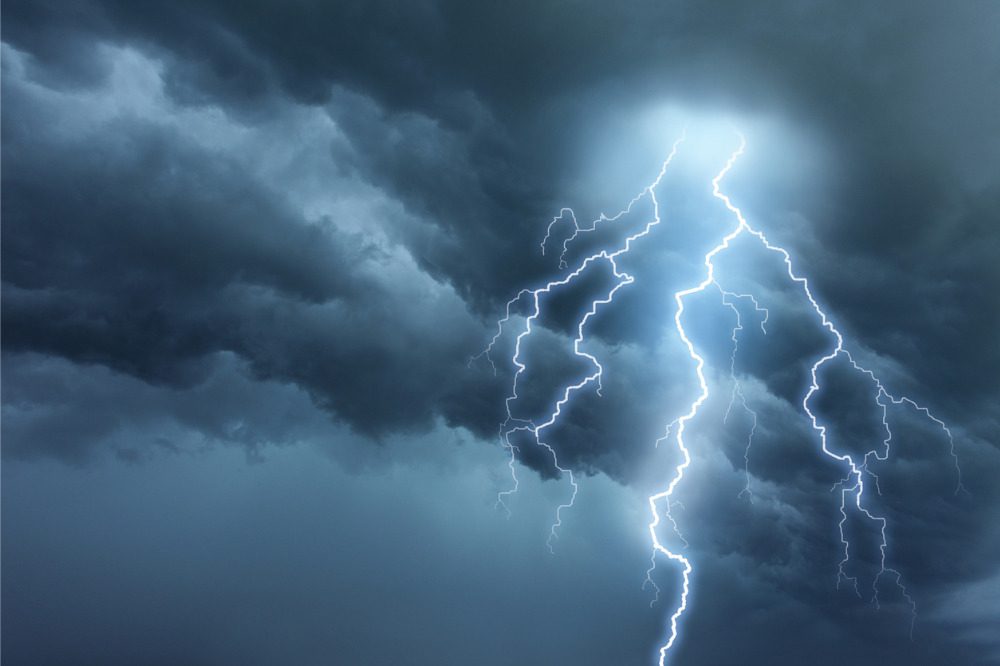Global catastrophe losses – looking at the severe convective storm factor

Global catastrophe losses – looking at the severe convective storm factor | Insurance Business America
Insurance News
Global catastrophe losses – looking at the severe convective storm factor
Research into climate change impact is ‘ongoing’
Insurance News
By
Jen Frost
Global natural catastrophe losses for the first half of 2023 were amplified by severe convective storms that swept the US and accounted for 70% of global losses for insurers, but understanding the impact of climate change on these events continues to pose challenges, according to an Aon expert.
The “primary reasons” for rising severe convective storm (SCS) insured loss costs continue to be demographic and socioeconomic factors, and while climate change may well be having an impact, it remains difficult to pin down exactly how it is influencing the wind events, Aon head of catastrophe insight Michal Lörinc told Insurance Business.
“There is ongoing research into how climate change is affecting these [events] as well,” Lörinc said. “It’s still an open question, in my opinion, because climate change definitely changes the behaviour of how severe storms happen in the US and elsewhere – it affects the ingredients in the atmosphere in which serious storms develop, but we cannot definitively say which part of the severe convective storm losses are affected by climate change.”
Global insured losses from natural catastrophes were US$53 billion for H1 2023
Overall, first half global insured losses from natural catastrophes hit US$53 billion in 2023, representing the fourth costliest year on record for insurers, according to Aon’s H1 2023 Global Catastrophe Recap.
Flooding, winter weather, drought, EU windstorm, and wildfire all contributed to global insured losses.
Climate change impact on natural catastrophe insured losses
While linking climate change and SCS events continues to pose a conundrum, Lörinc said that “climate change is definitely causing some perils in some regions to get worse.”
“For example, temperature extremes are mainly affected, heat waves are getting worse, some precipitation extremes are getting worse in some regions – but severe storms are a bit of an unknown in this sense, so there is definitely some impact but you cannot definitively say how much and exactly how,” he said.
US insured losses dominate in first half of the year
Overall, more than three quarters (77%) of global insured natural catastrophe losses stemmed from events in the US, according to Aon’s report.
US insured losses tend to dominate in the first half of the year, and whether the US will continue to top loss charts into H2 will likely depend on hurricane season, Lörinc said.
Forecasters at Colorado State University have predicted yet another above average Atlantic hurricane season for 2023, with 18 named storms and nine hurricanes, including four major hurricanes. The revised forecast came with “extreme anomalous warmth” being recorded in the tropical and subtropical Atlantic, which forecasters warned could counteract some vertical wind shear typically driven by El Niño conditions.
On Monday evening, following the Aon report’s publication, a Manatee Bay buoy in the waters off Miami, Florida, reportedly recorded what could be a record high temperate of 101.1 degrees.
Favourable conditions for tropical cyclone development is one of the “main concerns” for forecasters looking into the latter half of this year, according to Lörinc.
Extremely high sea surface temperatures, in addition to record low total ice extent in the Antarctic, were flagged as potentially concerning parameters in Aon’s report.
“The Antarctic Sea ice is at record lows, we’ve seen very high ocean temperatures, we have heat waves going on currently, and these are expected to continue into the coming days,” Lörinc said.
Wildfire season poses concerns
Another big potential concern is wildfire season in the US.
“The wildfire season hasn’t started really yet in the in the US,” Lörinc said. “There’s a lot of activity in Canada, so that’s still ongoing.”
Canada is experiencing a record wildfire season, with more than 10 million hectares burned. However, barring the Tantallon wildfire, expected to have caused CA$165 million in insured damages according to Insurance Bureau of Canada (IBC) and CatIQ figures, that bore down on the outskirts of Halifax in Nova Scotia the remote locations of blazes have meant that the impact on heavily populated areas and therefore the insurance industry has been limited.
As of the end of H1 2023, total insured losses in Eastern Canada were anticipated to be in the hundreds of millions of Canadian dollars, well below 2016’s record CA$4.3 billion.
Secondary impacts from air pollution stemming from wildfires in Canada have been felt in the country and across the border in the US.
“This is a concern because conditions leading to wildfires are expected to get worse in the future with the warming world,” Lörinc said.
How are natural catastrophes affecting you and your insureds? Share your experience in the comments below.
Keep up with the latest news and events
Join our mailing list, it’s free!






